J.J. Abrams’ Star Trek 2009 movie didn’t just end with the crew of the USS Enterprise saving the Earth, but it also breathed new life and energy into the dormant Star Trek franchise, setting up not just more films but also the new TV series to come. Set in the alternate Kelvin Timeline created by a Romulan time traveler named Nero (Eric Bana), Star Trek is an origin story of how James T. Kirk (Chris Pine) became Captain of the USS Enterprise and forged his eternal friendship with Spock (Zachary Quinto).
The young crew of the Starship Enterprise was in a race against time to stop Nero in Star Trek 2009’s final act. Nero used an alien brain slug to steal Earth’s defense codes from the captured Captain Christopher Pike (Bruce Greenwood). The Romulan’s starship, the Narada, reached Earth and lowered a drill to dig into the planetary core in San Francisco Bay near Starfleet Headquarters. From there, Nero would drop red matter, which would create a singularity that would swallow the planet into a black hole, just as the Romulans’ previously destroyed Spock’s homeworld of Vulcan. The USS Enterprise’s counterattack was to use the gravitational field of Saturn’s moon, Titan, to hide the starship from the Narada’s sensors. This allowed Kirk and Spock to beam aboard Nero’s ship to rescue Pike and stop the Romulans’ drill from destroying Earth.
Nero’s Plan To Destroy The Federation Explained
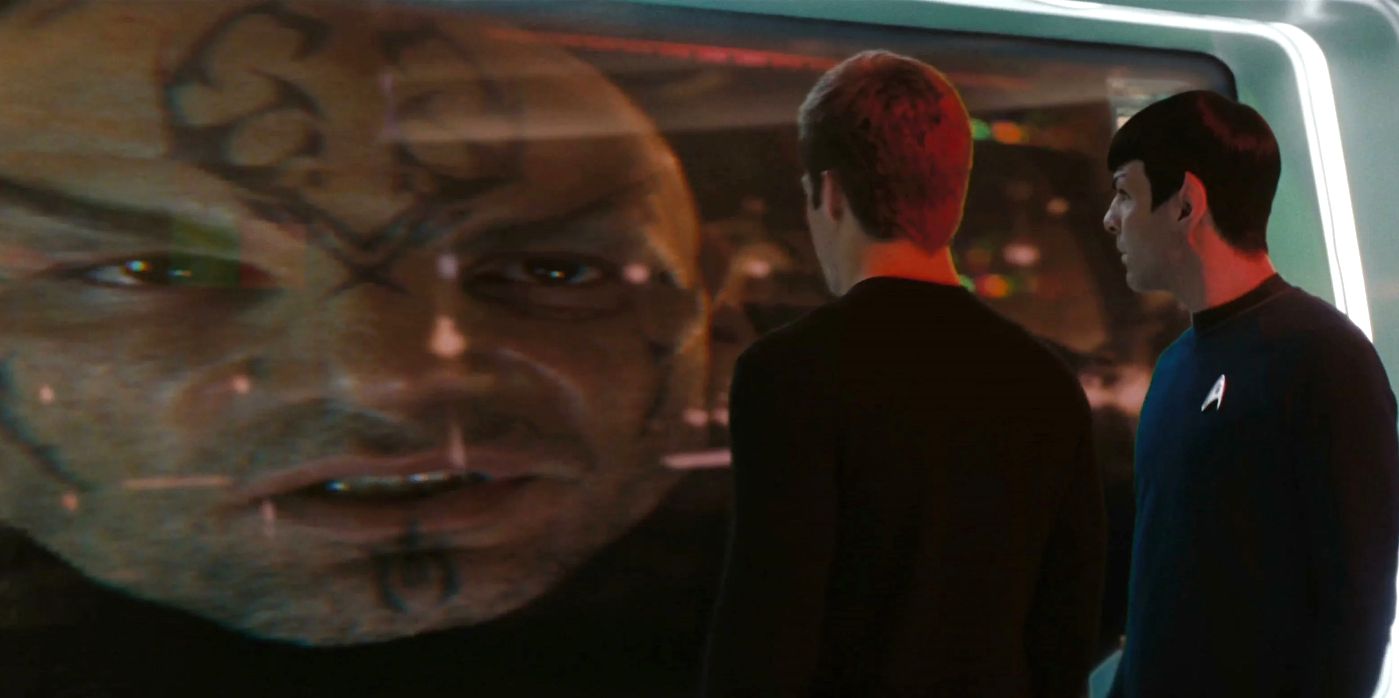
Nero’s plan was, simply, intergalactic genocide. In 2387, which was 129 years before the present day of Star Trek 2009’s main story, Nero was helpless to watch a supernova destroy his homeworld of Romulus. Nero was furious at Ambassador Spock (Leonard Nimoy), who promised the Romulans he would stop the supernova, but the legendary Vulcan was too late to exact his plan to use red matter to create a black hole that would swallow the supernova before it eradicated Romulus. Both Nero and Spock were pulled into the singularity, but they emerged at different points in the past. The Narada arrived in 2233 and its destruction of the USS Kelvin ended up creating an alternate reality from that point. Spock arrived in the Kelvin timeline 25 years later, in 2258. Nero immediately captured Spock and stranded him on Delta Vega, forcing him to watch as Nero destroyed Vulcan.
Nero ultimately blamed the United Federation of Planets for doing “nothing” to save Romulus. (Star Trek: Picard season 1’s backstory goes into more detail about the Federation’s failure to stop the Romulan supernova.) Nero decided that he would use red matter to wipe out every Federation world, starting with Vulcan and Earth, in the 23rd century to ensure there would be no Federation in his 24th-century era. Nero even attacked a Klingon prison planet (possibly Rura Penthe) and wiped out a Klingon fleet with his advanced technology, because the Romulan also knew the Klingons and the Federation become allies in the 24th century,
How Kirk And Spock Stopped Nero
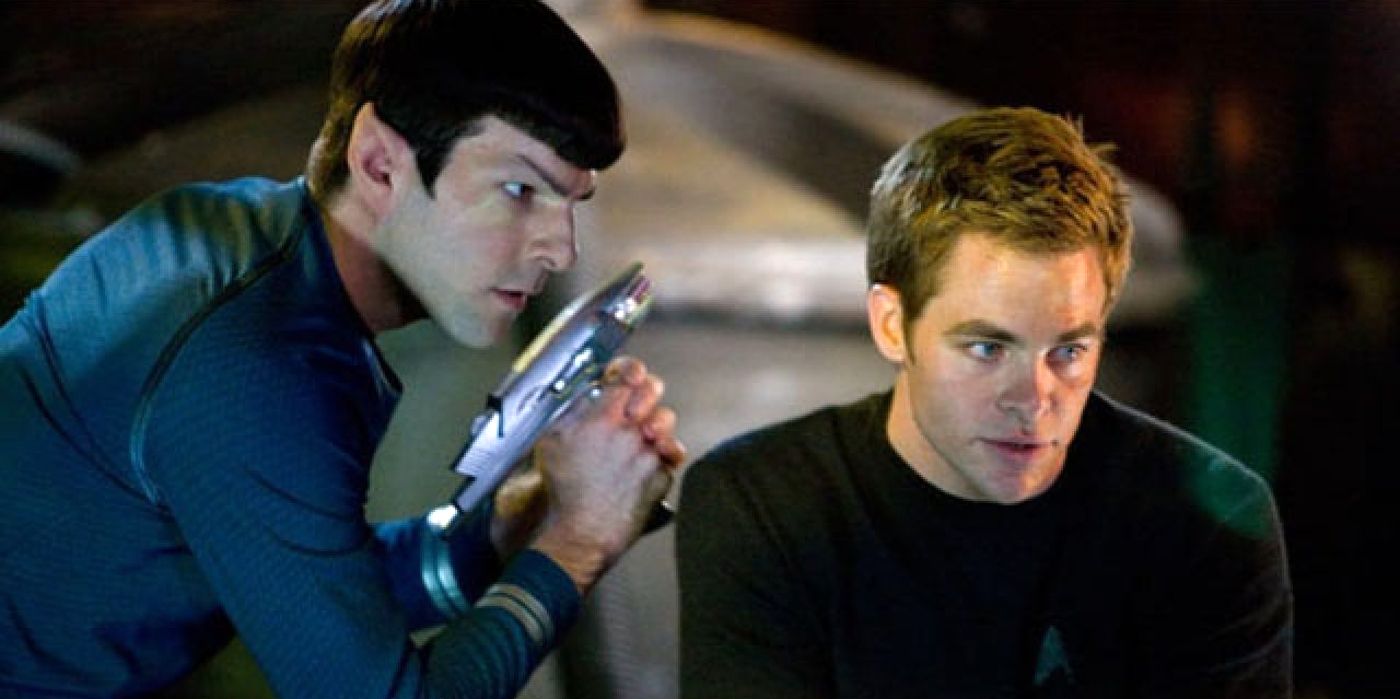
Spock, who was hellbent on revenge for the destruction of Vulcan, volunteered to beam onto the Narada to stop Nero’s drill and Kirk decided to join him. Scotty (Simon Pegg) mistakenly transported them into a populated era, so a shootout quickly ensured, but through a mind-meld with one of the Romulans, Spock learned the location of Ambassador Spock’s ship containing the red matter while Kirk learned where Captain Pike was being held. The Starfleet heroes then split up. Spock piloted his elder self’s ship into Earth’s atmosphere and destroyed Nero’s drill, saving the planet. Since the red matter was with Spock, Nero couldn’t use it on the Terran homeworld. Meanwhile, Kirk got into a fistfight with Nero, but after he killed Nero’s First Officer, Ayel (Clifton Collins, Jr.), he was also able to rescue the injured Captain Pike.
Incensed at Spock for destroying his drill, Nero’s ship followed Spock as the Vulcan warped away, leading the Romulans from Earth. Spock’s gamble was to exit warp near Saturn, which would allow the Enterprise to come to the rescue. That’s exactly what happened as the Enterprise arrived like the cavalry and saved Spock from Nero’s torpedoes. Kirk, Pike, and Spock beamed back aboard the Enterprise before Spock’s ship crashed into the Narada, which released the red matter and created a black hole that would swallow the ship. Kirk offered to beam Nero and his crew to safety (against Spock’s wishes) but the Romulan preferred to “die in agony” rather than accept the Federation’s help. Kirk’s response? “You got it.” And they let the singularity swallow the Romulans.
However, another problem arose, and the Enterprise was trapped in the black hole’s gravity well, preventing it from warping away. Kirk ordered Scotty to eject the warp core, hoping that the force of the detonation would push the Enterprise to safety. The gamble worked, and the Federation flagship was able to gain enough distance from the singularity and make it home to Earth.
Star Trek ‘s Musical Captain’s Chair And How Kirk Became Captain Of The Enterprise
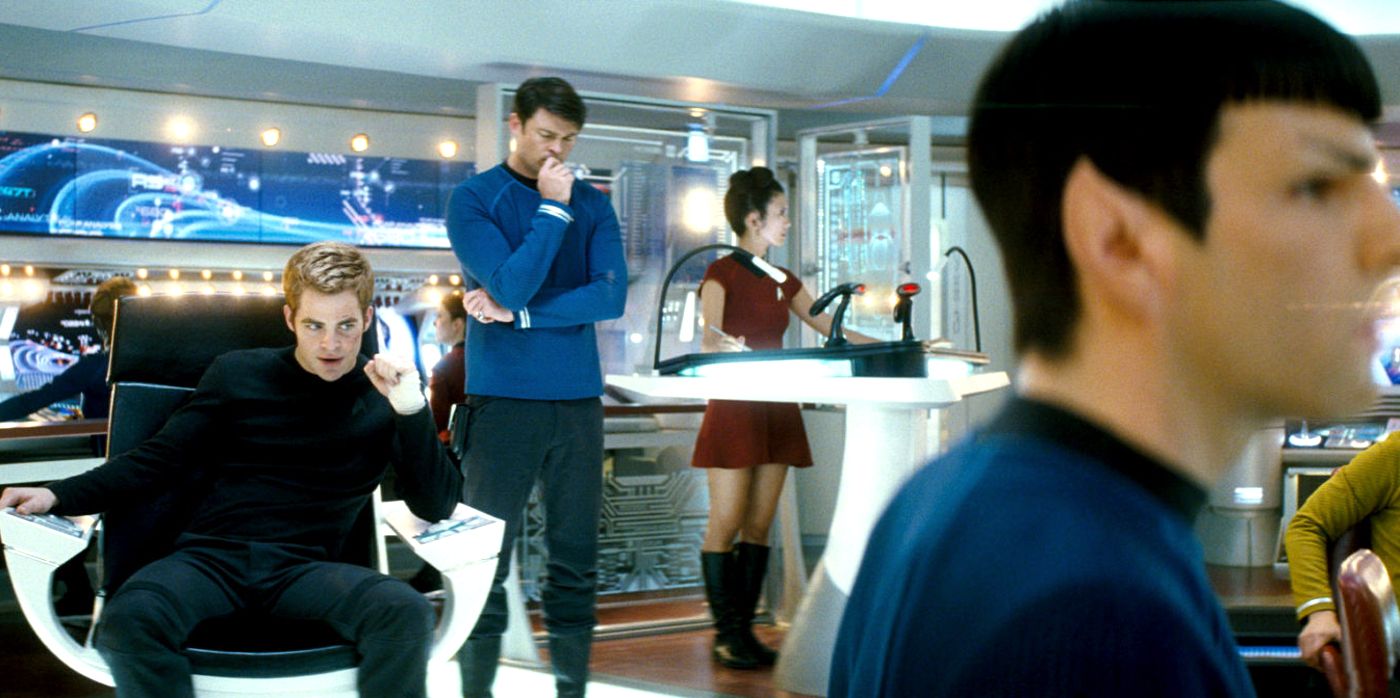
Star Trek 2009’s endgame was for Kirk to become Captain of the Enterprise – and earn the chair – but how it got there is bewildering. Pike is Captain of the Enterprise when the starship warped to Vulcan to answer its emergency distress call when Nero attacked the planet. After Nero “invited” Pike aboard the Narada, Pike promoted Spock to Acting Captain and Kirk (who wasn’t supposed to be on the Enterprise, to begin with) to First Officer. Spock then had Kirk thrown off the ship for mutiny and marooned him on Delta Vega. Kirk returned to the Enterprise with Scotty thanks to Ambassador Spock showing the Engineer the equation for transwarp beaming. Kirk was then able to show that Spock was “emotionally compromised” because of his trauma from Vulcan’s destruction, and Jim assumed command as Acting Captain.
Because Kirk led the Enterprise to successfully save Earth from Nero, Starfleet Command rewarded him with a promotion to Captain. Yes, Kirk jumped rank from Cadet to Captain in the course of the film. Kirk then relieved the injured and wheelchair-bound Captain Pike of command of the Enterprise. It may seem like an insane turn of events, but there is Star Trek movie precedent for Kirk’s reward. When Admiral Kirk (William Shatner) saved Earth from the Whale Probe in Star Trek IV: The Voyage Home, Starfleet dropped all charges against him and demoted him to Captain, giving him command of the USS Enterprise-A. In Star Trek, saving Earth is the key to getting what you want, especially if your name is James T. Kirk.
How Star Trek Positioned The Enterprise Crew In Their Classic Roles
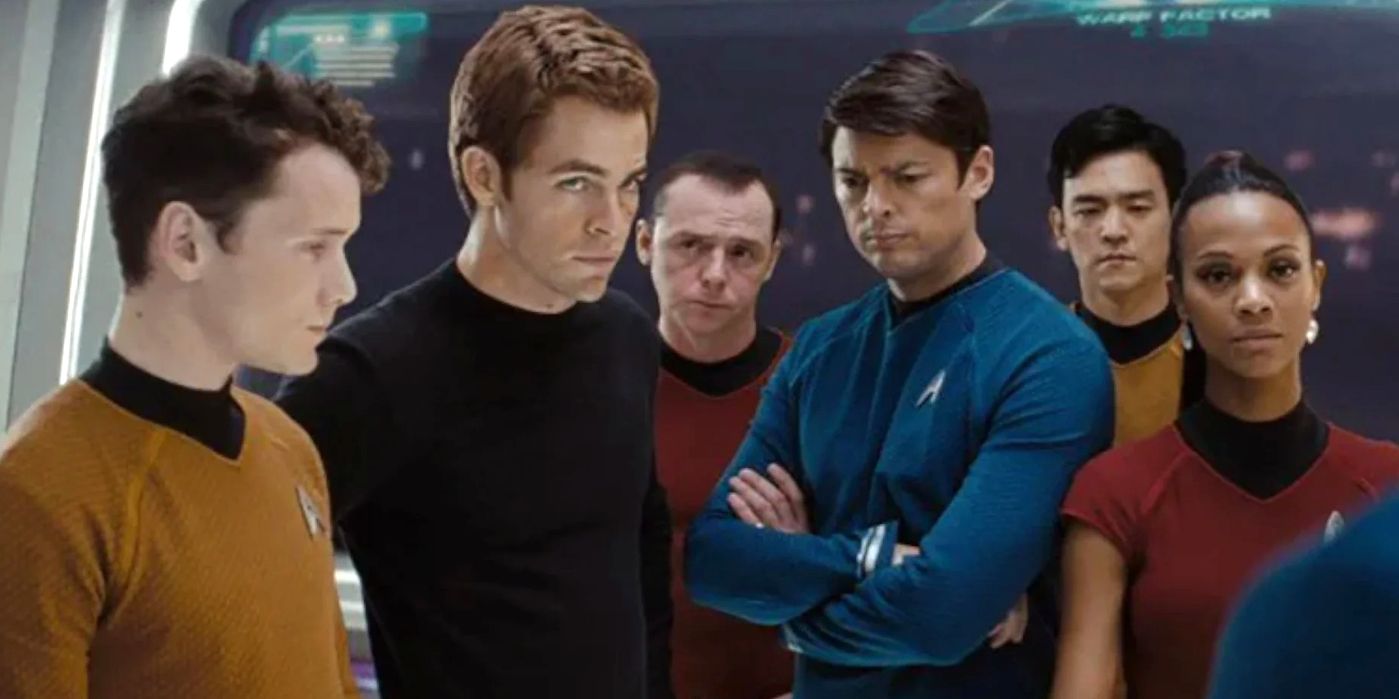
Star Trek 2009 was ingenious in how every main Enterprise crew member got positioned into their classic roles despite being Starfleet Cadets. Hikaru Sulu (John Cho) became helmsman by replacing the previous pilot who was ill. 17-year-old Pavel Chekov (Anton Yelchin) was also on the bridge at Operations. Dr. Leonard McCoy (Karl Urban) was assigned as one of the Enterprise’s senior medical officers, but he became Chief Medical Officer after the previous doctor died during Nero’s attack. McCoy also used his clout to sneak Kirk aboard the Enterprise despite his academic suspension. Nyota Uhura (Zoe Saldana) used her romantic relationship with Spock to get reassigned to the Enterprise from the USS Farragut, and then Captain Pike made Uhura Communications Officer because of her superior ability to understand Romulan and Klingon. Finally, Scotty worked as the transporter chief during the Enterprise’s final assault on Nero, and Kirk promoted him to Chief Engineer after he became Captain.
Ambassador Spock’s Role In Star Trek 2009 Explained
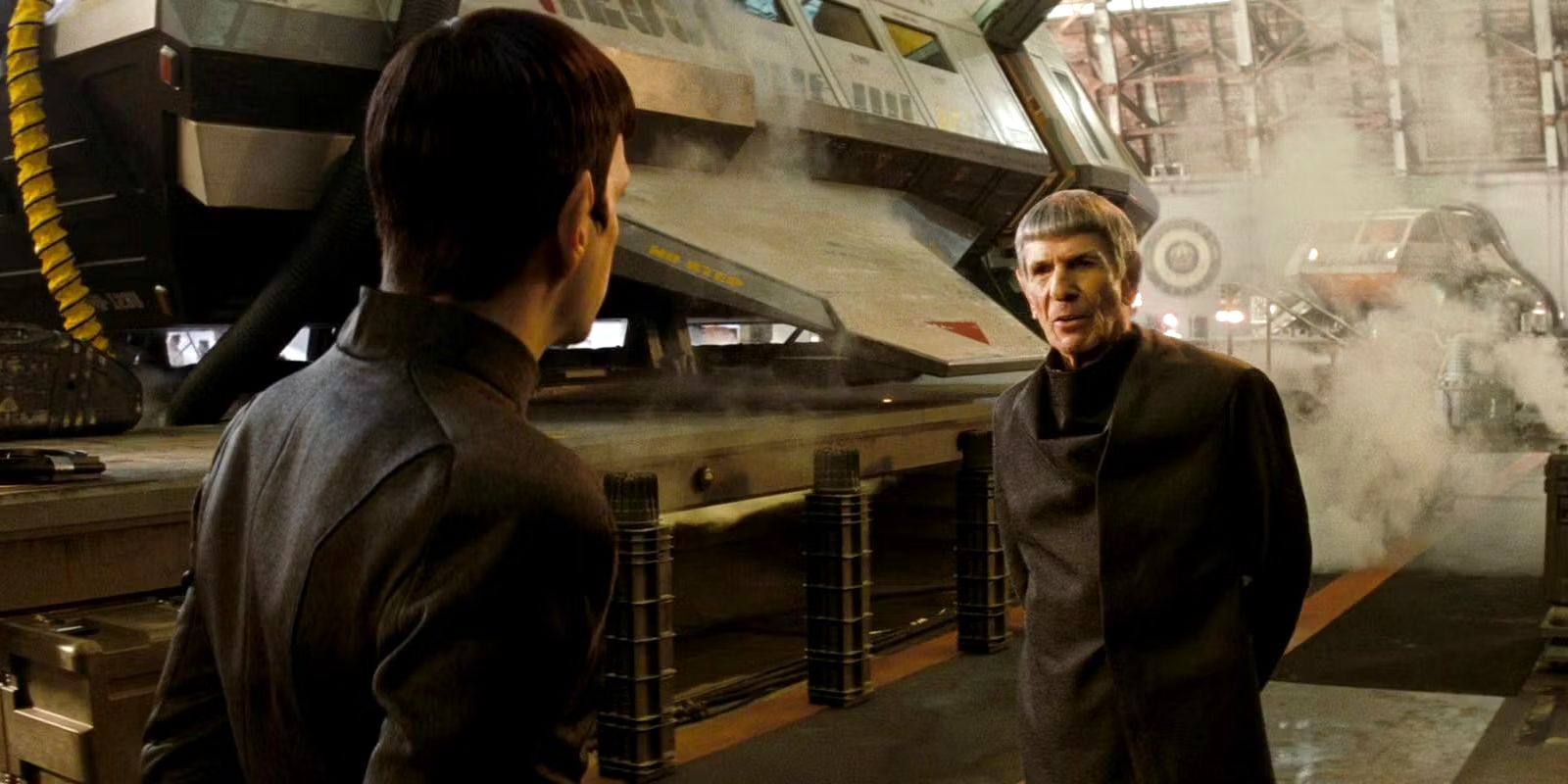
Leonard Nimoy’s presence in Star Trek 2009 gave J.J. Abrams’ reboot legitimacy in the eyes of Trekkers, but Ambassador Spock (billed as Spock Prime in the film) was also crucial to the story. Spock is the key link between Star Trek’s Prime Timeline and Abrams’ Kelvin alternate reality, but because the legendary Vulcan jumped to the Kelvin Universe and was ultimately stranded there, it was an assurance that Star Trek 2009 “really happened.” Ambassador Spock’s role was ostensibly to give Kirk (and the audience) the backstory of where Nero came from and how he time traveled to the 23rd century, but the Vulcan’s far more vital role was to help the young Kirk along on his journey to becoming Captain of the Enterprise.
Thanks to Ambassador Spock, Kirk realized that he needed to work with the younger Spock in order to stop Nero. Kirk believed the old Vulcan that he and Spock are destined to be friends and that they can achieve great things together. Meeting Ambassador Spock was the impetus Kirk needed to become the Captain he is destined to be. As for the two Spocks, the Prime Vulcan initially didn’t want to meet his younger self, but he decided they “couldn’t ignore each other” when less than 10,000 Vulcans remained in the universe. Ambassador Spock also urged Commander Spock to remain in Starfleet since they can now be “in two places at once.” The two Spocks meeting gets a payoff in Star Trek Into Darkness when the younger Vulcan turns to his senior counterpart for information on how to defeat Khan Noonien Singh (Benedict Cumberbatch).
How Star Trek 2009 Set Up J.J. Abrams’ Trilogy (And The Star Trek TV Shows To Come)
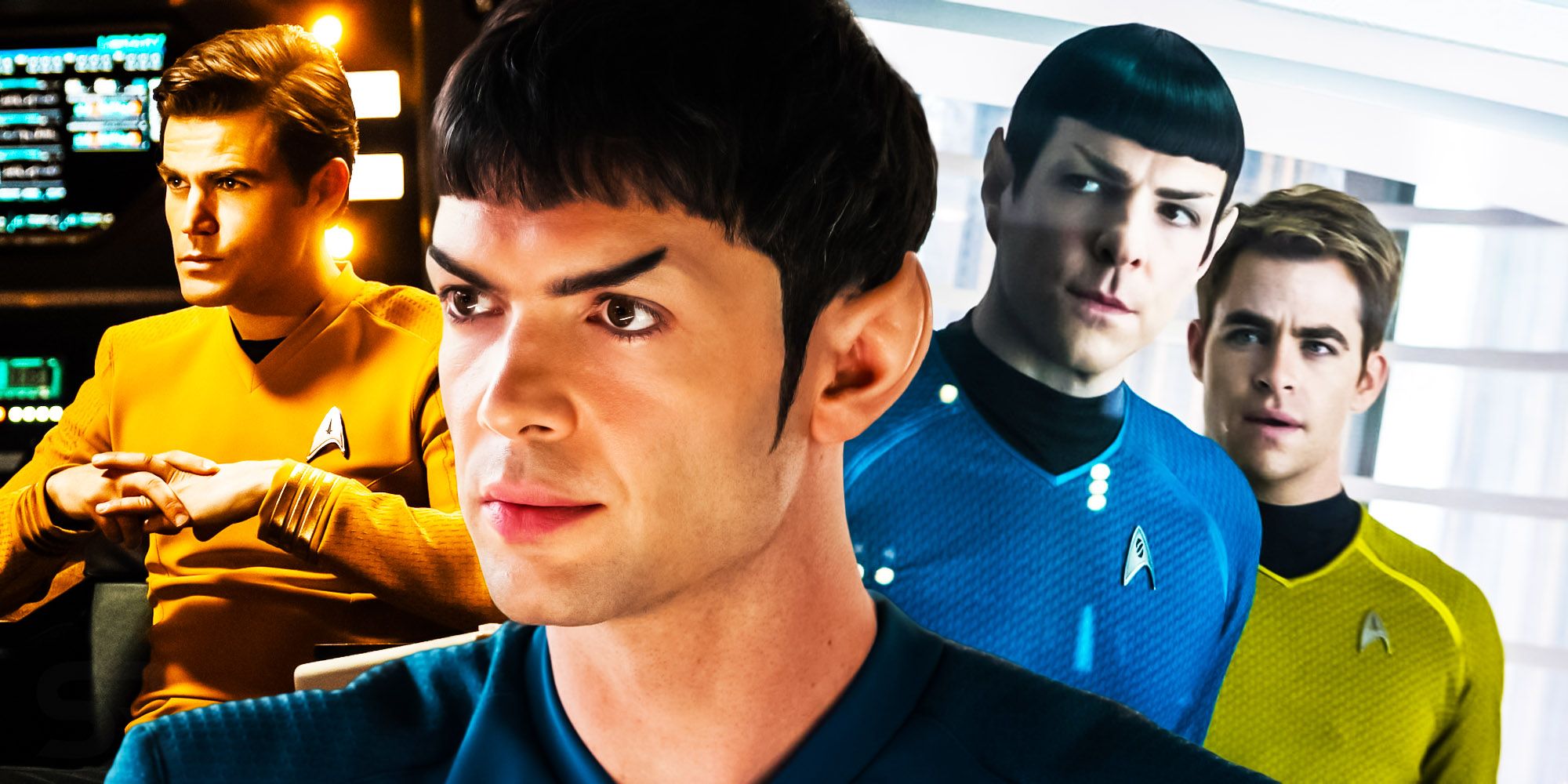
Star Trek 2009 ended with Captain Kirk and his crew in place aboard the Starship Enterprise, ready to explore the final frontier in sequels. Beyond setting up 2012’s Star Trek Into Darkness, and a third movie directed by Justin Lin, 2016’s Star Trek Beyond, J.J. Abrams’ 2009 film was ultimately the rebirth of the Star Trek franchise. Four years had passed since Star Trek: Enterprise was canceled and there would not be a new Star Trek series on television until Star Trek: Discovery in 2017. During those 12 years, Abrams’ Star Trek trilogy kept the franchise alive, created new fans, and became the basis for the next wave of Star Trek TV shows.
J.J. Abrams’ Star Trek films were a necessary and long-needed upgrade of Star Trek’s visual effects, production values, and a shift in tone and storytelling styles. Star Trek 2009 was the template that Star Trek: Discovery, Star Trek: Picard, and Star Trek: Strange New Worlds followed, with all three live-action series on Paramount+ boasting blockbuster movie-quality production values and visuals. Star Trek 2009’s breakneck style and giddy sense of fun and adventure are also evident in the animated Star Trek: Lower Decks and Star Trek: Prodigy. Whether or not a fourth Star Trek movie ever reunites the Kevlin cast, Star Trek 2009 is the benchmark that the current golden age of Star Trek on Paramount+ is built upon, and it remains a thrilling, spectacular space adventure that holds up to repeat viewings.




